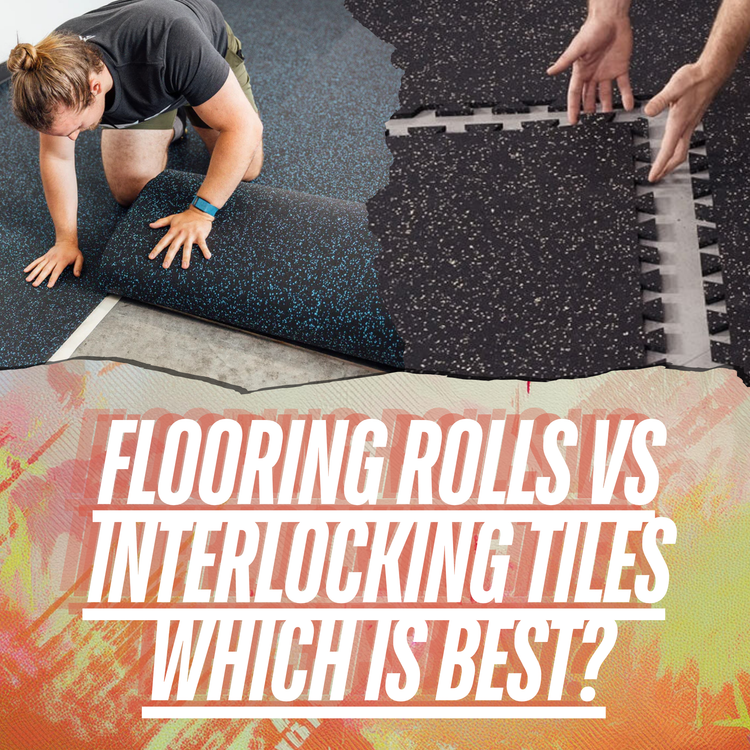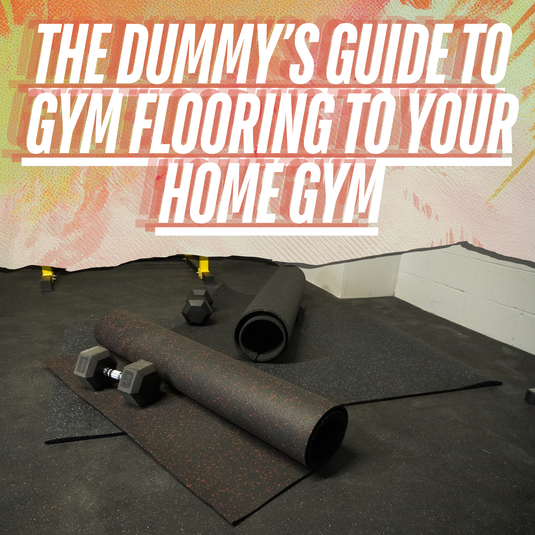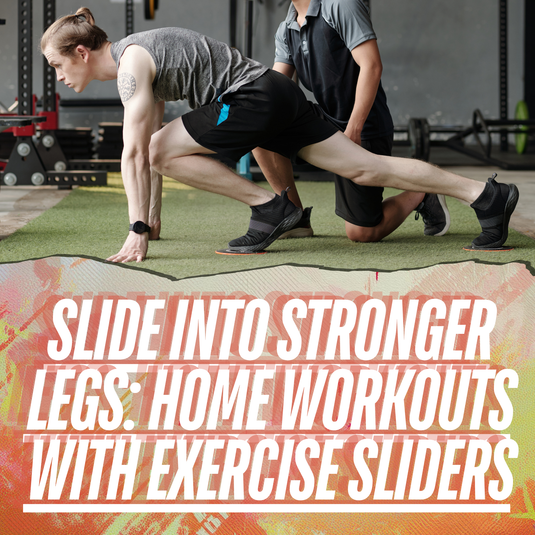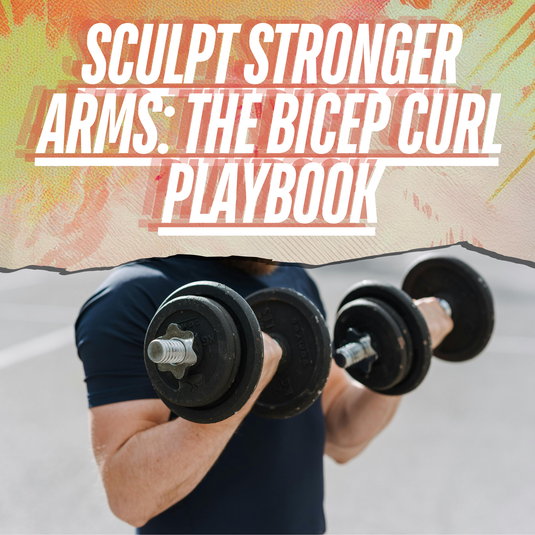Rubber Tiles vs. Rubber Rolls: Which Should You Choose for Your Gym?

Estimated Read Time: 6 minutes
TL;DR
Rubber tiles are easier to install and better for small spaces, while rubber rolls are more cost-effective for covering large areas. Choose tiles for DIY convenience and quick replacements. Choose rolls for seamless looks, lower cost per square foot, and commercial-grade setups.
Summary
Choosing between rubber tiles and rubber rolls comes down to your space, budget, and willingness to install. Both offer excellent durability and shock absorption, but they serve different needs. This article compares the pros and cons of each to help you make the right decision for your home or commercial gym.
Table of Contents
- Rubber Tiles: Overview & Benefits
- Rubber Rolls: Overview & Benefits
- Cost Comparison
- Installation Difficulty
- Durability & Use Cases
- Which Is Right for You?
- Internal Links to Products & Guides
- FAQs
- Back to Top
Rubber Tiles: Overview & Benefits
Rubber tiles are made for convenience. These interlocking squares are ideal for small to medium-size areas and make perfect sense in home gyms or garages. They’re easy to transport, install without adhesives, and individual tiles can be replaced if damaged.
Key Advantages: - Interlocking design makes DIY install fast and easy - Minimal tools required (just a utility knife) - Great for renters or short-term spaces - Replace one tile without tearing up the entire floor
Limitations: - Visible seams between tiles - More expensive per square foot than rolls
Rubber Rolls: Overview & Benefits
Rubber rolls are designed to cover large spaces efficiently. They offer a smooth, seamless look and are common in commercial gyms and fitness studios. Installation is more involved, often requiring tape or glue, but the finished product looks professional and holds up under high foot traffic.
Key Advantages: - Seamless aesthetic with fewer visible joints - Better for high-traffic or commercial spaces - Lower cost per square foot when covering large areas
Limitations: - Heavy and harder to install without help - Not ideal for small or oddly shaped rooms
📹 Watch a full install of rubber tiles and rolls side-by-side
Cost Comparison
| Feature | Rubber Tiles | Rubber Rolls | |-----------------------|-------------------|------------------| | Cost per Sq Ft | Higher ($$–$$$) | Lower ($–$$) | | Waste on Cuts | Less | More | | Installation Tools | Minimal | Moderate | | Replacement Ease | Easy (tile-by-tile)| Hard (large roll)|
Installation Difficulty
Rubber tiles can be installed by anyone in under an hour. You don’t need adhesive, and most cuts can be done with a utility knife. Rubber rolls, on the other hand, may require two people to move, a straight edge for trimming, and tape or glue to keep it secure.
If you’re not hiring a contractor, tiles are usually the better choice.
Durability & Use Cases
Both flooring types are durable and suitable for weightlifting, HIIT, and functional fitness.
- Tiles are best for small-to-medium areas where you may want modularity.
- Rolls are better for large commercial spaces, group fitness rooms, or long walls.
Neither option will wear out quickly when sourced from high-quality materials.
Which Is Right for You?
-
Choose Rubber Tiles if...
- You’re installing the floor yourself
- Your space is under 300 sq ft
- You want flexibility to replace damaged sections
-
Choose Rubber Rolls if...
- You’re outfitting a large gym or studio
- You want the lowest cost per square foot
- You’re OK using adhesive and tools
Internal Links to Products & Guides
- Shop Interlocking Rubber Tiles
- Shop Rubber Rolls
- Installation Guide: Step-by-Step for Every Surface
- Compare Rubber, Foam, and Turf
FAQs
Are rubber rolls harder to install than tiles?
Yes, rolls are heavier and may require adhesives. Tiles are lighter and interlock easily.
Do rubber tiles slide around?
Not usually, especially on concrete or with perimeter compression. For extra security, use double-sided tape.
Can I mix rolls and tiles in one space?
It’s possible but not recommended unless you use clear boundaries or transitions—seams won’t align perfectly.
Which is better for home gyms?
Rubber tiles are more DIY-friendly, but if you're covering a large basement, rolls may be more economical.
Back to Top
Need help choosing? Browse our full gym flooring collection or reach out for a custom recommendation.










